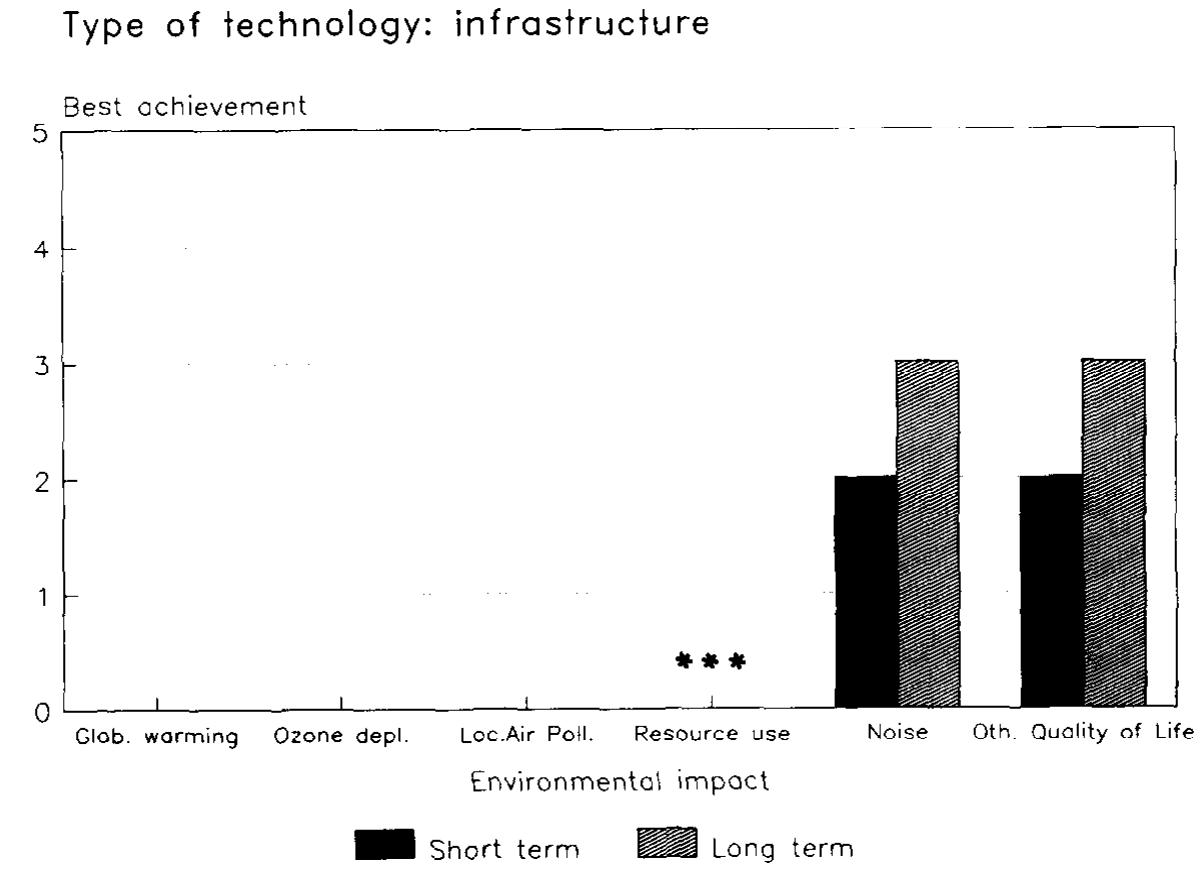Key research themes
1. How can we improve the accuracy and spatial resolution of regional and national emission inventories for effective air quality and climate policy?
This theme investigates methods to develop detailed, spatially-resolved emission inventories tailored for specific regions or countries, addressing sector-specific sources, incorporating recent measurements, and improving uncertainty quantification to support policy and modeling applications.
2. How can bottom-up traffic emission inventory frameworks leveraging high-resolution, real-time data improve the representation of urban and regional traffic emissions?
This research area focuses on methodologies and tools to build detailed traffic emission inventories from vehicle-level data and high-resolution traffic activity, combining traffic flow, fleet composition, road topology, and meteorological effects for spatially and temporally resolved emissions data to better inform air quality modeling and policy scenarios.
3. What strategies enable enhanced monitoring, compliance, and transparency in emission trading schemes and large-scale pollutant emission control systems?
This theme addresses the mechanisms and technological solutions for emissions monitoring, accounting, and enforcement critical to ensuring integrity and effectiveness of emissions trading systems (ETS) and regulatory compliance frameworks, with a focus on measurement precision, data sharing, and cost-effective monitoring innovations.


















































































